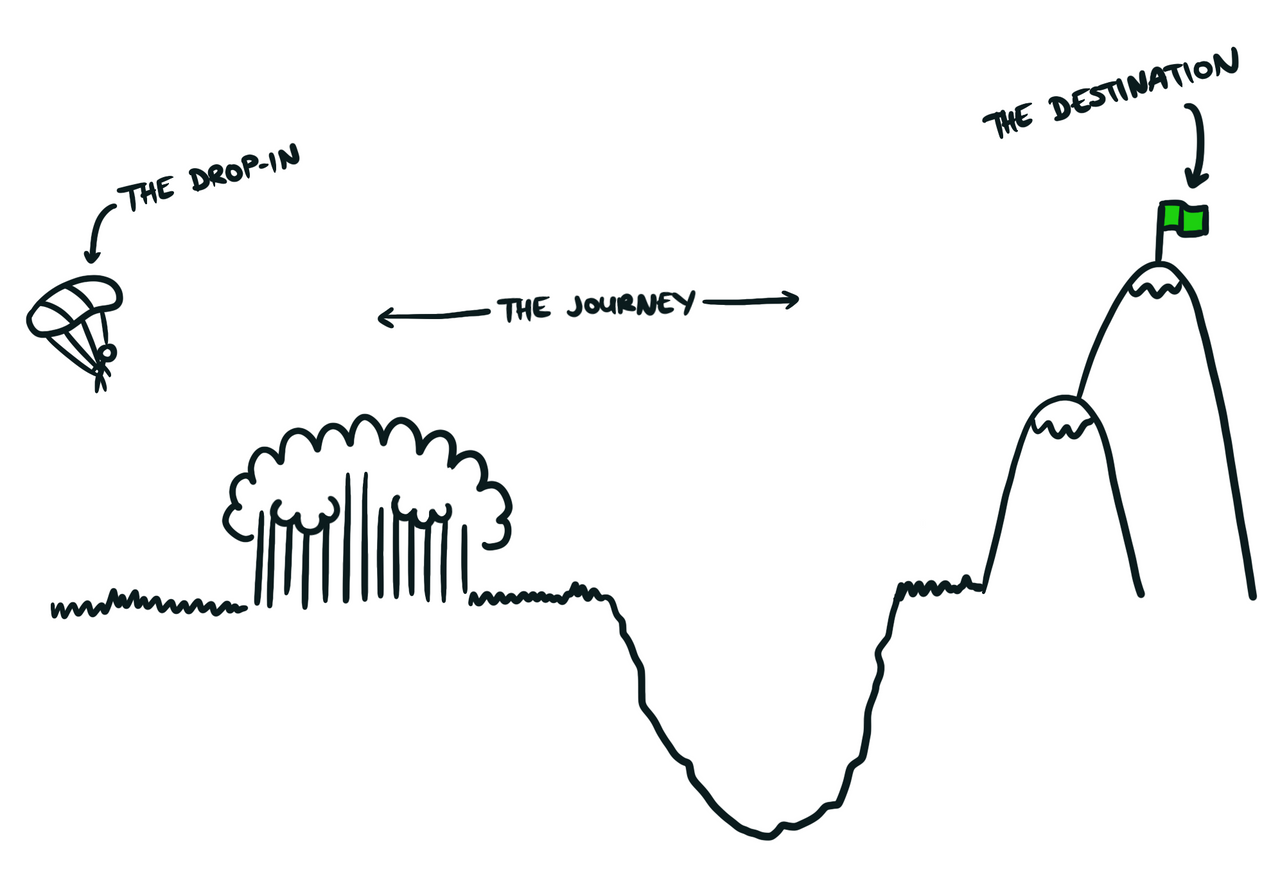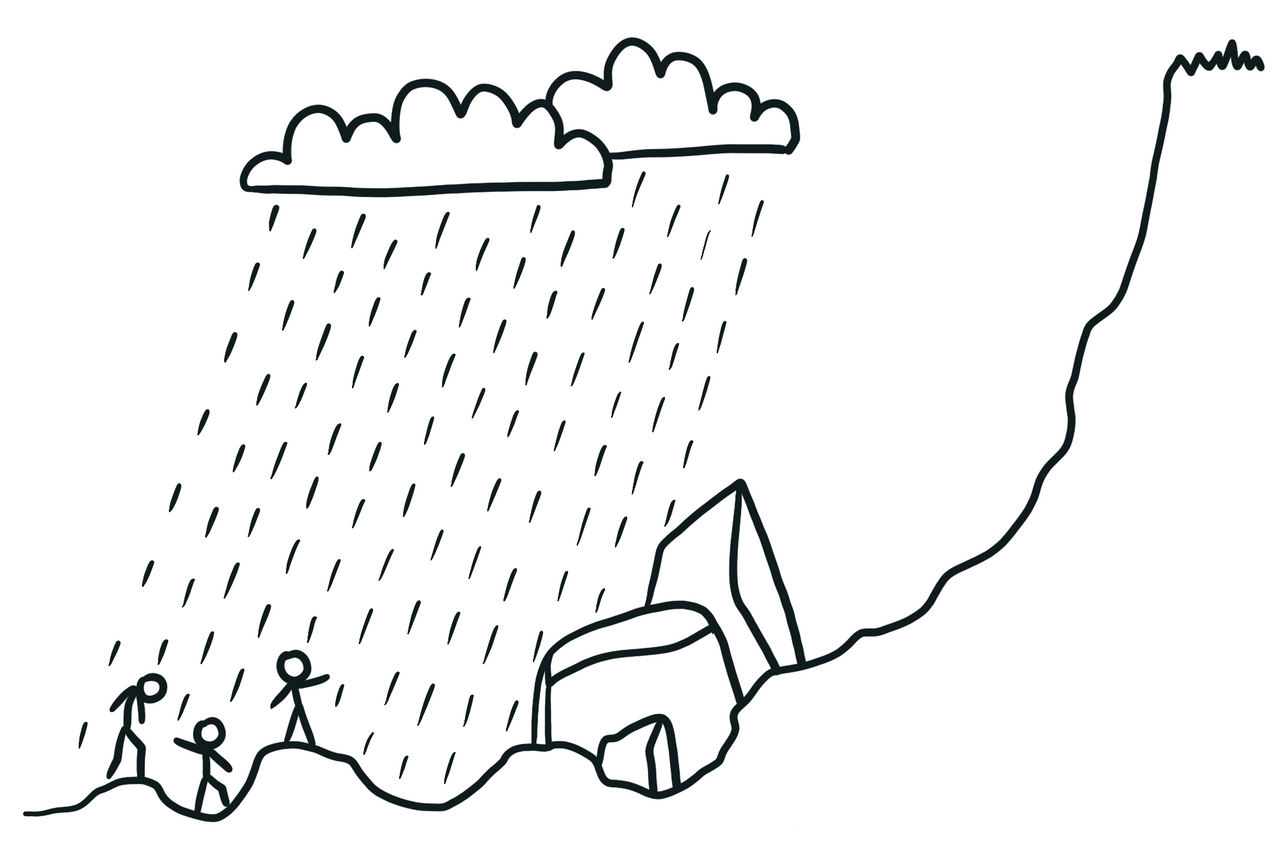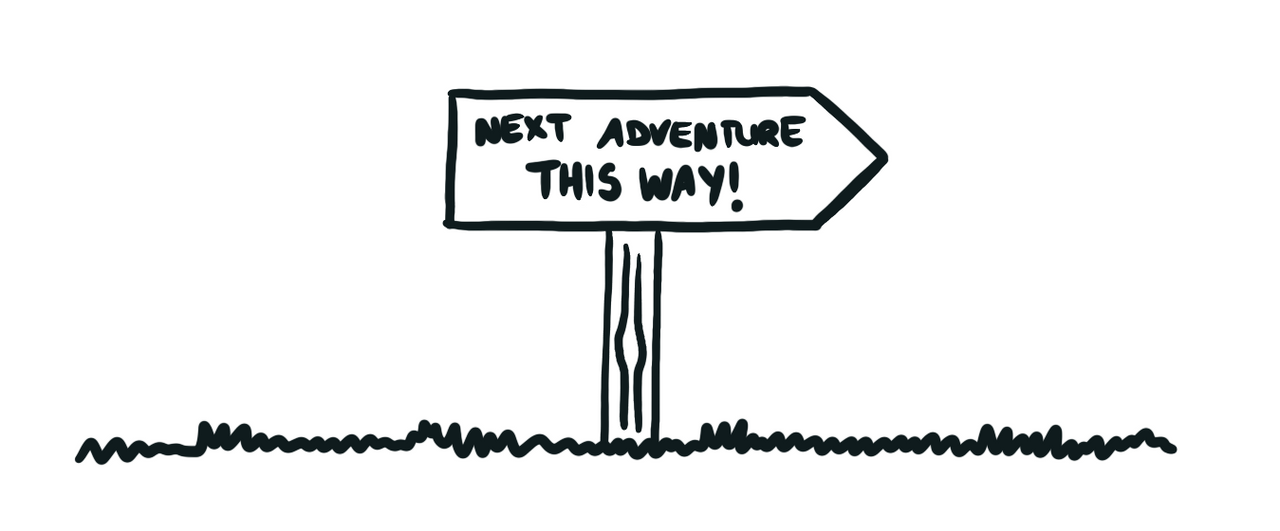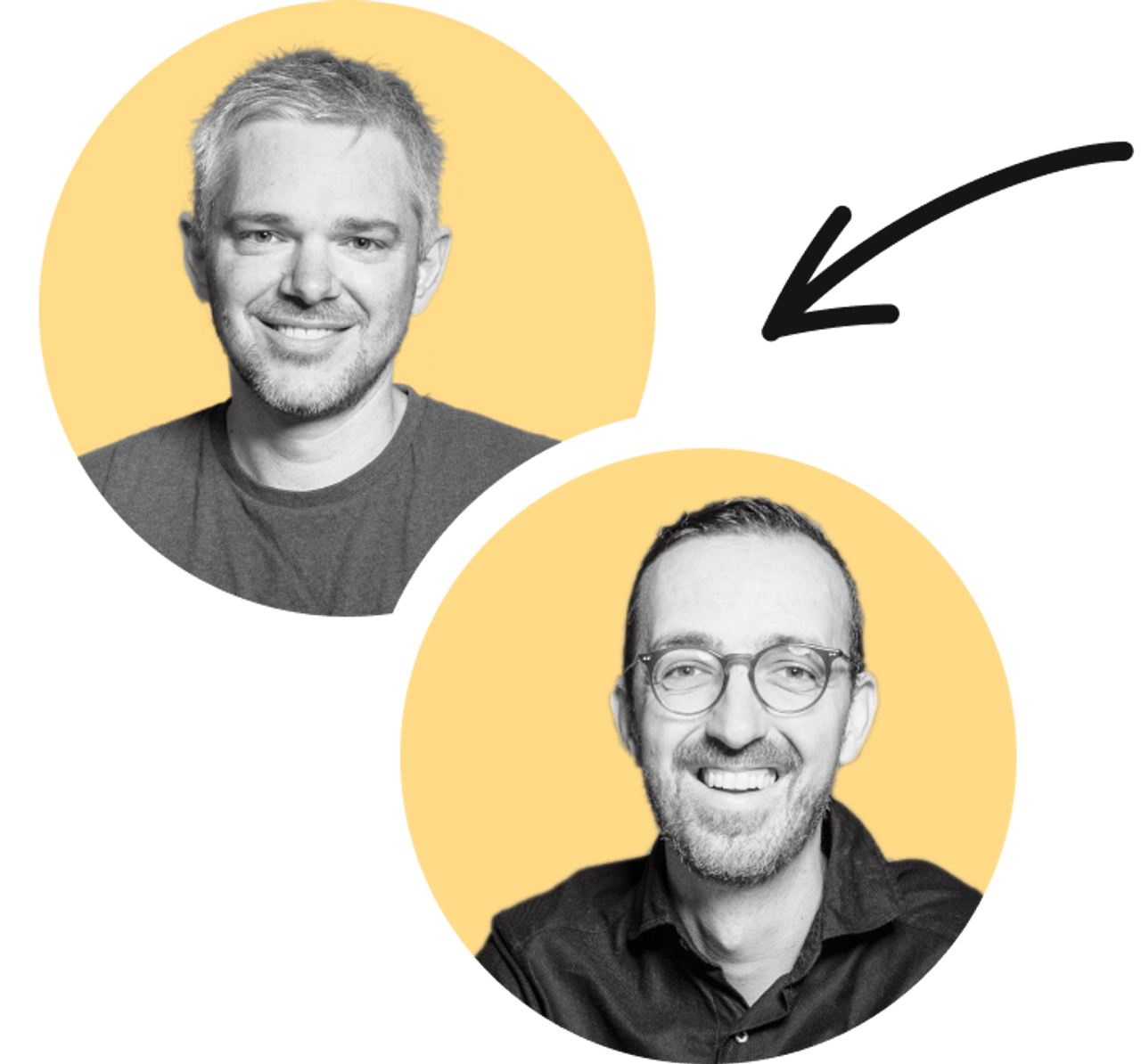Introduction
Whether you are just starting out on your consulting journey or have been away from the game for a while, the unpredictable nature of being a consultant can be a bit of a shock. We learn that product development is straightforward, that if we follow the steps we will deliver an amazing product - but this is simply not how things work in the real-world.
Orienteering aims to better align a consultant’s mindset with the real-world experience and evolve their way of thinking in a more sustainable way.
Why orienteering?
Orienteering is the process of navigating through unfamiliar terrain which is a useful way to think about consulting projects. Orienteers know the value of planning and are prepared to meet obstacles along the journey. Most of all, orienteers are adventurous, practical and inherently curious and this is the mindset that will both preserve the orienteer’s well-being and lead to a successful outcome. So grab a map and compass and get ready for an adventure!
The basics
Before the orienteer starts the adventure, it is important to know a bit about what is expected of them and the environment they are heading into. The basics cover the three main areas:
- Role
- Terrain
- Experience
👤 Role
The role is the set of responsibilities that the orienteer is expected to fulfil. Often this can manifest as dual-responsibilities, with the internal role playing in concert with the external role.
Your internal role are the expectations of you from your consultancy’s perspective. This includes what your consultancy has been engaged to work on, your consultancy’s vision and overarching objectives, as well as evolving your own experience as an orienteer. Your internal role tends to stay constant throughout the adventure and can be used as a north star if your responsibilities become fuzzy.
Your external role are the expectations of you from the client’s perspective. This includes what the client believes they have engaged you on and the varying levels of understanding from your team members on the client side. Your external role tends to change as the adventure progresses and the orienteer should be ready to adapt as required.
Understanding your role will help to calibrate what is expected of you so you can perform accordingly, reducing friction between the team and your consultancy and have a better chance of a successful adventure.
⛰️ Terrain
The terrain describes the company environment the orienteer is dropped into. This means the way the company works and what they value, including accepted level of communication, inclination to collaboration and proficiency with the product development process. This is often referred to as company culture.
The terrain makes it easier or harder to reach your destination and depending on the environment, will require you to draw on a different mix of skills and tools. Harder terrains have a bigger impact on the wellbeing of orienteers, so newer orienteers should be paired with someone more experienced as a guide. The complexity of the company’s subject-matter adds another dimension to the terrain and orienteers should be prepared to spend ample time getting across complex subjects.
Each terrain falls into one of the following grades:
- 🟩 Grade 1 – A friendly, proficient and collaborative team with a high-level of communication and context sharing. Clearly defined goals, scope and timeline.
- 🟦 Grade 2 – A relatively collaborative and proficient team with adequate communication and context sharing. Goals, scope and timeline are defined but may be prone to changes.
- 🟥 Grade 3 – Some difficult members on the team that make communication and context sharing hard. General lack of confidence around the defined goals, scope and timeline.
- ⬛ Grade 4 – A potentially unskilled team that does not want to cooperate and has very little communication or context sharing. Poorly defined goals, scope or timeline.
⭐ Experience
The more adventures the orienteer completes, the more experience they gain with tackling different terrains and applying their skills. Experience allows an orienteer to more quickly predict or identify obstacles and expertly apply the appropriate tools to guide the team successfully. Therefore it’s important for orienteers to view each adventure as an opportunity to learn, experiment and develop their craft. This is the secret to sustainable consulting and embracing this mindset will serve the orienteer time and time again.
Stages of the adventure
Author’s depiction of the stages of the adventure.
Once the orienteer is across the basics, they can start their adventure! The adventure is broken up into three distinct stages:
- The drop-in
- The journey
- The destination
🪂 The drop-in
The drop-in is the point where the orienteer starts their adventure, noting that the rest of the team may have already begun. The orienteer can expect to spend a period of time getting across the context, subject-matter and processes that the internal team members may already understand.
If you find yourself in a Grade 3 or Grade 4 terrain, the drop-in can feel a bit like groping around in the dark. This is to be expected and let’s just say it’s hard to stick the landing at night. Experience with getting your bearings will help in these situations.
Getting your bearings
Getting your bearings is the process of figuring out which direction to take the project first. This means determining:
- Who is involved
- Where work takes place
- What work has already been done
- What are the expectations
- What is the desired destination
This process separates the drop-in stage from the journey stage and orienteers should ensure the above questions have been answered before they take their first steps. You want to be sure your chosen route isn’t taking you towards a cliff!
🏃♀️ The journey
Once the orienteer is confident in which direction to head, they can take their first step. The journey represents the work the orienteer does to progress the project, applying their expertise as required and working with the team to move towards the destination.
Expect the unexpected
One thing every orienteer should expect to encounter is obstacles. Even if the terrain seems familiar, the conditions are always different and things don’t go according to plan. Bringing a sense of adventure and curiosity will go a long way in staying resilient in the face of the unexpected.
Share the load
Though each team member usually has their own responsibilities, seeking feedback from others can ensure that blind spots are covered and obstacles are identified ahead of time. The most robust ideas always come through brainstorming with others.
Valley of Despair
Author’s depiction of the Valley of Despair.
There’s an upcoming deadline and the designer is producing concept after concept but the team cannot seem to agree on how a feature is supposed to work - everyone’s patience is wearing thin. You’re beginning to wonder whether the whole project was a waste of time and maybe this was all for nothing. You’ve reached the Valley of Despair.
Sometimes a project can lose momentum due to changing priorities or requirements, and the team may find that morale and team synergy is running low. The Valley of Despair can be a tough place to recover from. Even for experienced orienteers, one of the most effective ways to navigate out is to talk through the situation with someone senior outside the immediate team. Sometimes someone with a bit of distance can provide a better vantage point and a new perspective.
🏁 The destination
The completion of an adventure is something to celebrate as the orienteer will have gained experience and practiced their skills. To preserve learning, it is encouraged that the orienteer documents any interesting and useful thoughts to feed back to the rest of the team.
It is also important to remember that not all adventures will end at the destination that was initially set out for and it is never the orienteer’s fault if things do not go as expected. The orienteer can only do the best with what they have and the learnings gathered along the way are valuable in themselves. Even a short time spent looking back on the journey will surface things to be proud of, so use this time to reflect and synthesise before starting on the next adventure!





